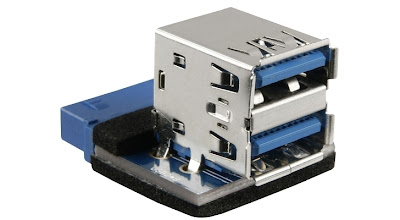DotA is the most popular custom-made map for Warcraft 3. To offer players a better comprehension of this complicated and sometimes complex game, here is a hero guide.
One of the best pushers in the game, Syllabear can end a game even before it starts. You can recruit him from the Sentinel Agility Tavern.
"Syllabear was spared a time of great strife due to the deeds of his people. Sensing their settlements impending destruction they turned their child into a bear and sent him to the wild.
Syllabear grew up strong and savage, like the bears that inhabited the forest of his home. Using druidic powers, he can enter a state of almost rabid frenzy, and even call powerful bear companions to aid him.
Awakened into his elven heritage by Furion the Prophet, Syllabear has regained his true elven form, and brings the bestial spirit of the bear to the battlefield".
With a nature-themed set of skills, Syllabear also benefits from some great stats. Let's take a close look at these abilities:
Summon Spirit Bear (B) - Using the powers of nature, Syllabear is able to call upon a bear companion that, with each level, has increased hit points: 1400/1800/2300/2800 and some new interesting skills: Inventory/Return/ +20% Entangle/Demolish + 33% spell resistance. The "pet" will feature right from the start a powerful and very useful skill: Entangle, which traps opponents using spiked vines.
Rabid (R) - Make the hero and the companion move faster 5/10/15/20 and attack faster 10/20/30/40%. The spell last for 10 seconds (if not improved by Synergy).
Synergy (Y) - Increase the connection between the Spirit Bear and the Lone Druid making them both more powerful and upgrading their abilities. With each level, you'll gain: increased Rabid duration by 10/20/30/40, +10/+20/+30/+40 damage and movement speed. True Form is also improved by 100/200/300/400 hit points.
True Form (F) - Renouncing his ranged form, Syllabear becomes a huge melee bear with lots of advantages: 250/400/600 bonus health, 4/6/8 armor and a new ability: Battle Cry. This new skill will improve armor and damage for both the hero and the companion.
With a companion that acts like an additional hero, Lone Druid has to build items for two. I recommend Power Treads, Radiance, Hyperstone for the bear, while for the hero Power Treads, Assault Cuirass, Butterfly, Battle Fury and Stygian Desolator.
If you have other suggestions please let all the DotA fans know in a comment.



 12/30/2011 11:10:00 PM
12/30/2011 11:10:00 PM
 dannzfay
dannzfay

























































